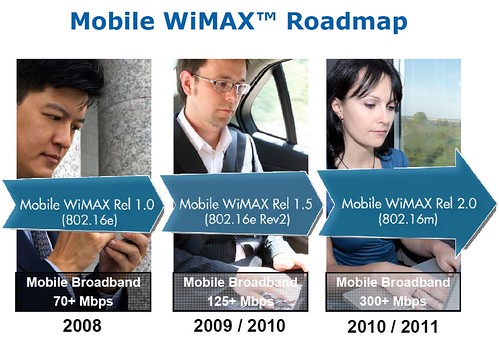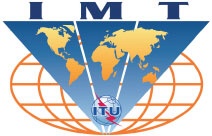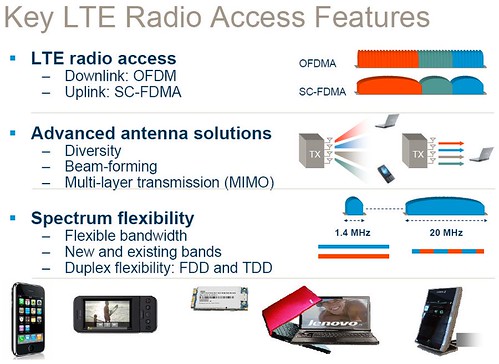Posted by Sam Churchill on October 8th, 2009 Satellite broadband provider Row 44 and mobile media company JiWire are teaming up to deliver free in-flight Wi-Fi supported by advertising.
 Under the partnership, JiWire will provide advertising from over 100 advertisers. These will be displayed on Row 44’s new Skytown Center virtual mall, an in-flight portal.
Under the partnership, JiWire will provide advertising from over 100 advertisers. These will be displayed on Row 44’s new Skytown Center virtual mall, an in-flight portal.
The ad network will target the coveted “business traveler” and is expected to launch on at least two airlines this fall.
Southwest and Alaska Airlines have already begun to test Row 44-enabled Wi-Fi. Southwest currently charges from $2 to $12, depending on the distance you are traveling and the type of device you are using to connect. Alaska Airlines is still assessing a number of different pricing and subscription models.
Rollout partners include SkyMall, which will manage retail partners and their operations; multichannel retailer Home Shopping Network, which will offer its live online video programming; and specialists in travel and mobility like JiWire, BeDynamic and Pinger. First fly date is targeted for November 1, in time for the holiday shopping season.
While it will be up to the individual airlines to set pricing, the advertising support is meant to defray the cost. The expectation is that the airlines lower or eliminate fees for using in-flight Wi-Fi.
Row 44 leases capacity from the existing HughesNet satellite systems, enabling them to provide worldwide services even over water. Row 44’s antenna is a mechanically steered lens-horn design with 64 radiating elements arranged in two arrays of 32.
AeroSat says it can maintain constant performance from -10 degrees to +90 degrees of elevation – making it possible to retain lock if the aircraft banks away from the satellite when it is close to the horizon. It’s designed to deliver up to 30-80Mbit/sec from the satellite to the aircraft, and 0.75Mbit/sec in the opposite direction.
 By contrast, Aircell (right), uses 92 EVDO-based cell sites on the ground, aimed skyward. They provide 2Mbps+ connectivity for Aircell’s Gogo Inflight Internet service. Because it is ground-based, Aircell cannot offer service over oceans.
By contrast, Aircell (right), uses 92 EVDO-based cell sites on the ground, aimed skyward. They provide 2Mbps+ connectivity for Aircell’s Gogo Inflight Internet service. Because it is ground-based, Aircell cannot offer service over oceans.
The company successfully bid $31.7 million for a 3MHz air-to-ground spectrum in the 800MHz band, back in June 2006. Their Gogo Inflight Wifi service is available on American Airlines (free trial), Virgin America, Delta Airlines (free trial), and most recently on United Airlines, among others.
Gogo is generally priced around $12.95 on flights 3 hours or longer and $9.95 on shorter flights. The number of broadband enabled airplanes will increase from 25 in 2008 to 800 in 2009, reports In-Stat.
One could imagine a future airline internet service, similar to Aircell, but based on Mobile WiMAX. That wouldn’t have to wait for blanket terrestrial WiMAX coverage, since only 100 or so antennas would be required. Same deal with LTE. Comcast might be a good partner – but that’s just idle speculation.
However, it raises an interesting question: could a free “national” broadband service — based on advertising — fly? It didn’t work for MetroFi, but plain vanilla Wi-Fi just wasn’t up to the job.
Mobile WiMAX might provide a better business model — if advertisers could generate an average of $20-$30/head per month to cover the overhead. It could work like a $12.95/month newspaper subscription model, with advertising providing an additional $15-$20/mo revenue stream.
 Advertising networks can provide a 100% “prequalified” niche audience that is engaged and ready to buy. Google, YouTube, Facebook and Twitter have the consumer profile. Leo LaPorte’s Twit.tv has the right approach — available on a Roku box, Nettops running Moblin, a widget on your television, or webtablets and smartphones based on Moorestown or other chips. Plane-fi is a precursor.
Advertising networks can provide a 100% “prequalified” niche audience that is engaged and ready to buy. Google, YouTube, Facebook and Twitter have the consumer profile. Leo LaPorte’s Twit.tv has the right approach — available on a Roku box, Nettops running Moblin, a widget on your television, or webtablets and smartphones based on Moorestown or other chips. Plane-fi is a precursor.
And by the way — who needs a phone company?
source : dailywireless.org
























